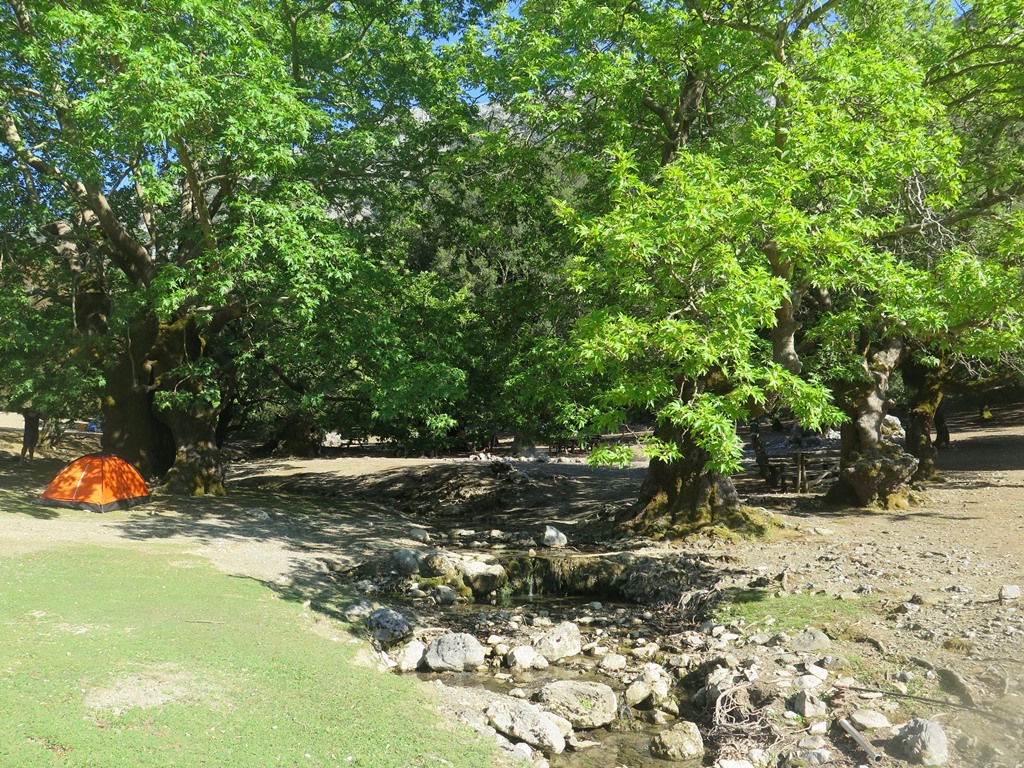The forest of Rouvas, in the gorge of Saint Nicholas, is an important ecosystem of holly trees of national interest. It is located in the inner valley of Psiloritis among the peaks Ambelakia and Samari, Chalazokefala (south), Skinakas (west), Koudouni (north) and Giristi (east).
The trees of the forest are very old, the diameter of their trunk in some cases exceeds 1 metre and can reach 15 metres in height. They grow very densely, making up a unique forest biosociety, with many species of shrubs to complement the vegetation.
Along with Holly trees, there are other species which are typical of the Cretan flora such as aria, zelkova, cypress, pine, plane, pear trees, etc. The forest covers an area of about 30,000 acres. The forest of Rouvas is rare due to the fact that holly trees differ from the bushy typical shape and size and acquired characteristics and sizes different to those that are usual to Greece.
This is possibly explained by the lack of unfavorable factors such as people, goats etc, enabling shrubby oaks to evolve to grow they are today. On the slopes around the forest someone can see scattered “mitata” (shepherd houses), most of them being deserted today.
You can see scattered 'mitata' on the slopes around Rouvas which are stone houses which were used by shepherds for storing milk, cheese etc.











